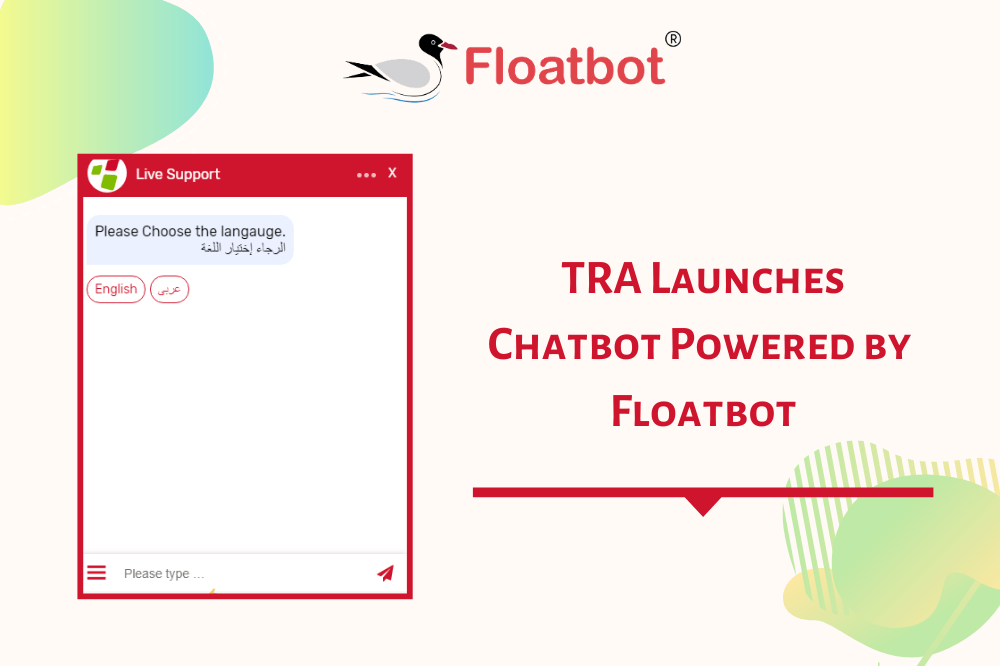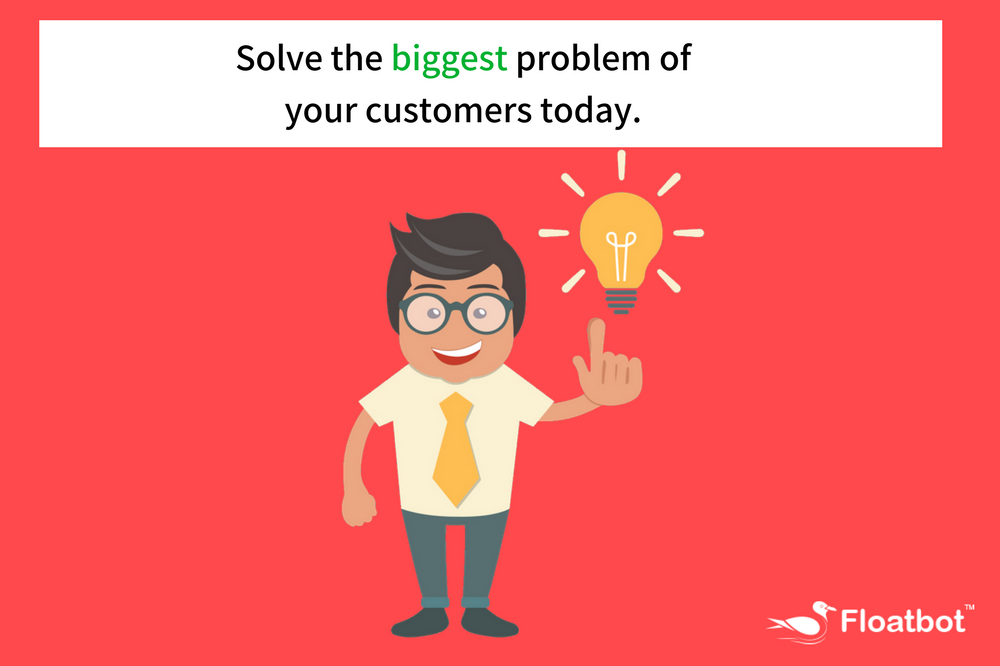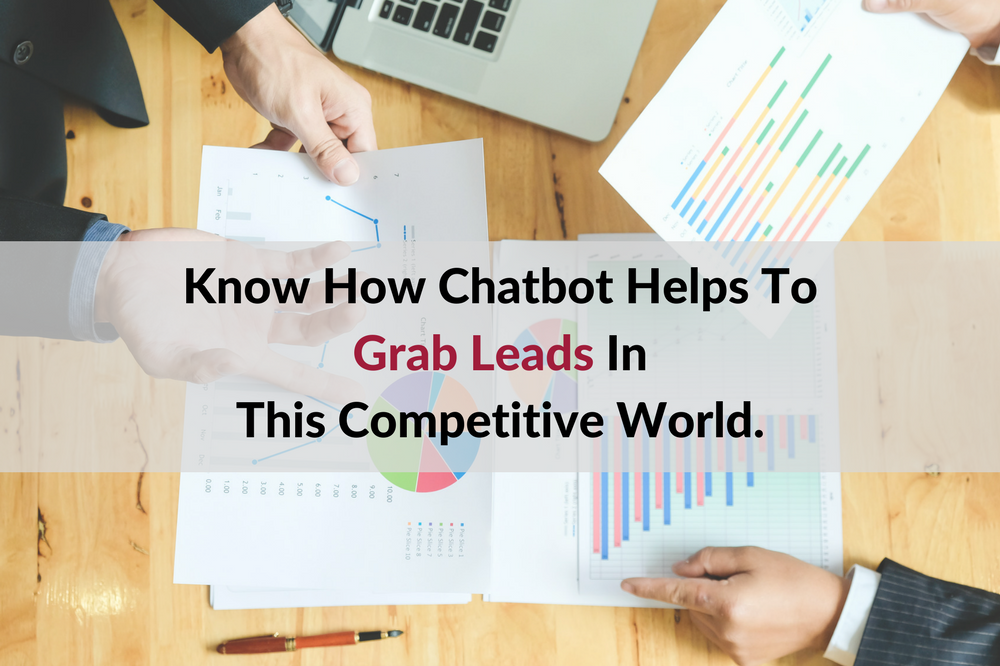Voicebot or Voice AI Selection 101: 13 Essential Criteria for Picking the Best For your Business
Explore in-depth insights on factors you need to consider before choosing the right Voicebot or Voice AI platform for your business.
- Jan 19 2024
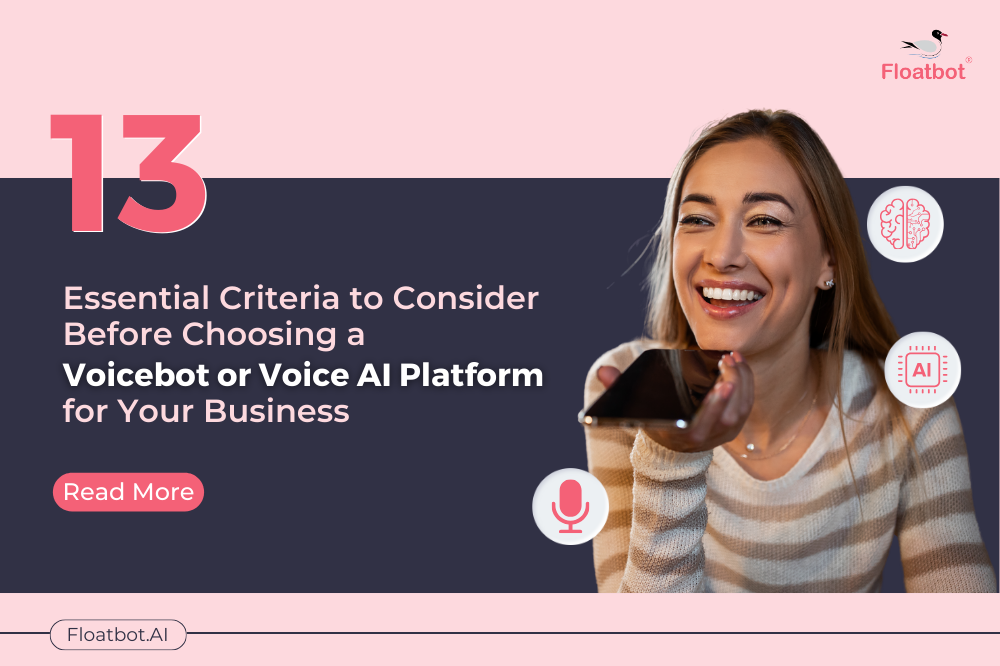
Voicebots and voice AI platforms are becoming more popular and powerful every day. They can help you automate your customer service, sales, marketing, and other business processes with natural and engaging conversations. But how do you choose the right voicebot or voice AI platform for your needs? What are the key factors that you should consider before making a decision?
Before making a decision on which Voicebot or Voice AI platform to choose, it's important to consider a few things. These are the essential features and capabilities that will make your voicebot or voice AI platform stand out from the rest and deliver the best results for your business. Whether you are looking for a conversational AI solution for customer service, automation of workflows, or looking to harness the power of Generative AI (GenAI) powered voicebots for elevating CSAT, we will help you find the best option for your business needs.
Let's get started!
Human-Sounding Voice
The first thing you should consider before selecting your Voicebot or Voice AI platform is the quality of the voice. It is crucial to choose a platform that offers a human-sounding voice. This means that the voice generated by the platform should sound natural and realistic, as if it were spoken by a real person. A human-sounding voice adds a level of authenticity and engagement to your Voicebot or Voice AI application, making it more conversational for customers to interact with.
Customers are more likely to trust and connect with a voice that sounds natural and relatable. Therefore, it is key to select a platform that offers a wide range of high-quality voices to choose from. This will allow you to find the perfect voice that aligns with your brand and resonates with your target audience.
Powered by Gen AI or Large Language Models (LLMs)
This is probably the most important thing to consider when choosing a voicebot or voice AI platform nowadays. Large language models, which have been trained on huge amounts of text data, are leading the way in natural language processing. These massive neural networks have an incredible ability to understand the context, grammar, and meaning of language.
Generative AI takes it a step further by not only understanding language but also being able to generate coherent, human-like text and speech. Platforms that utilize LLMs or have LLM-powered voicebots and generative AI can handle more dynamic conversations, personalize responses, and handle complex queries compared to older rule-based voicebots.
For instance, a generative voicebot can continue a conversation by referring to previous statements. It can personalize responses based on profile data instead of relying on a script. And it can understand the meaning behind vague requests without needing every input to fit a specific pattern. The ability to maintain context, adapt, understand meaning, and generate thoughtful responses is what makes LLMs and generative AI so powerful for conversations.
When evaluating voice platforms, look at the AI architecture behind it. Choosing the ones with LLMs and GenAI will ensure that you have the most capable and future-ready solution as advancements in AI research continue.
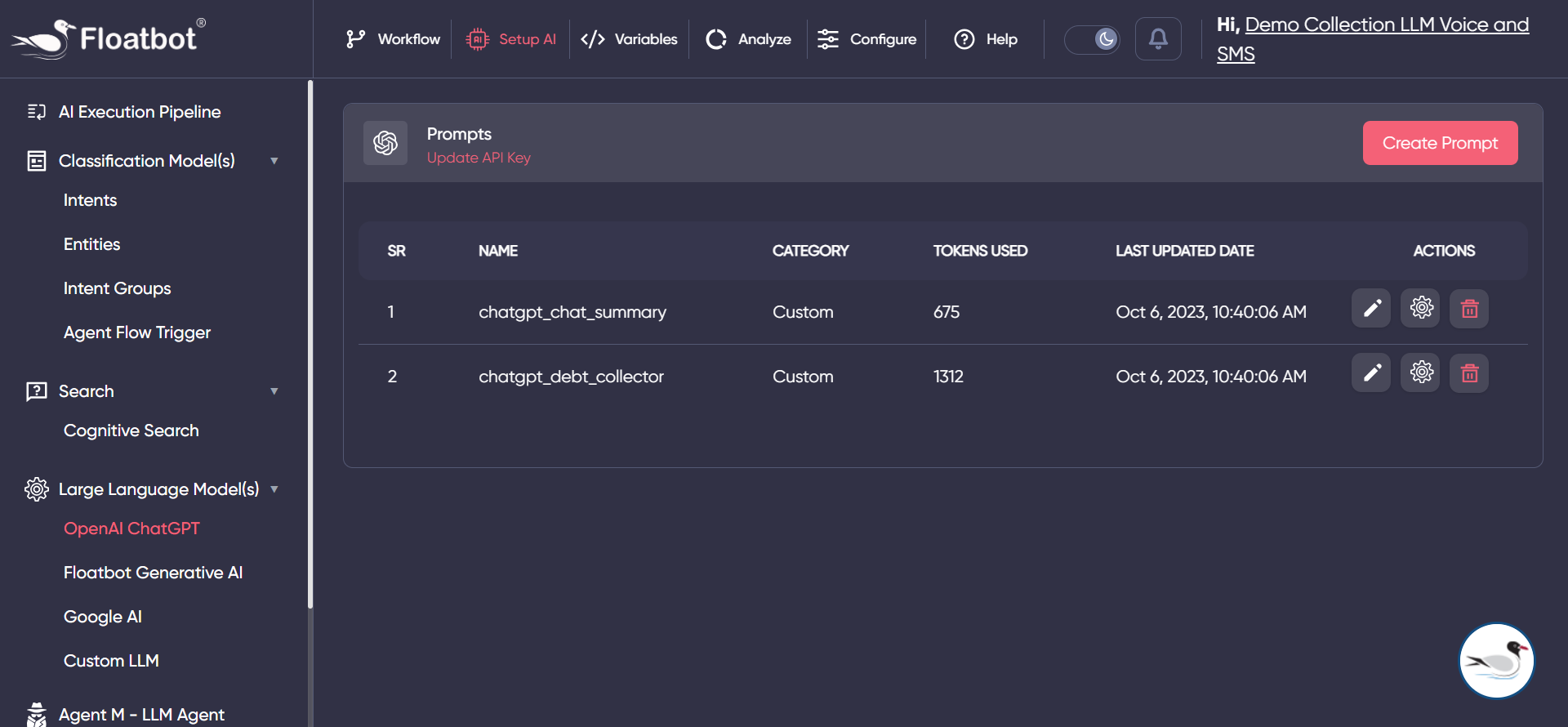
LLM configurations - Floatbot No/low code bot studio
Pre-Integration with CCaaS
Look for a voice platform that comes pre-integrated with leading CCaaS (Contact Center as a Service) providers. This integration enables tighter connections between voicebots and human agents for seamless handovers and omnichannel support. Leveraging a voice platform that's pre-integrated with your CCaaS provider accelerates deployments and time-to-value. It also enables you to optimize the automated-to-human handover for higher CSAT scores. Evaluating this integration capability upfront sets you up for omnichannel success.
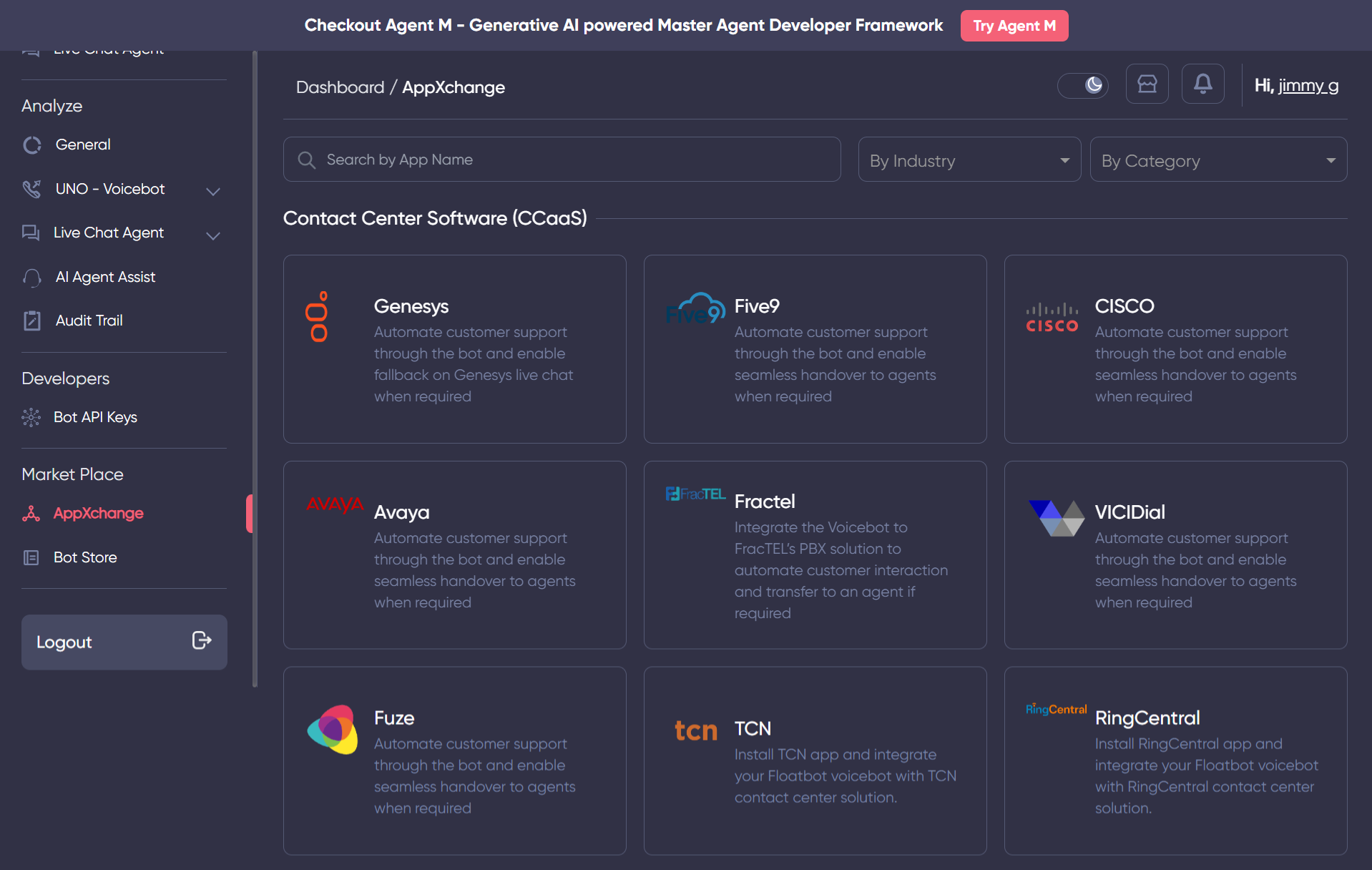
CCaaS integrations - Floatbot AppXchange
Fallback to Text or SMS
It is crucial to select a Voicebot or Voice AI platform that offers the capability to fallback to text or SMS in case of any issues or limitations. This feature is essential as it provides a backup communication channel in situations where the voice functionality may not be working correctly or facing technical difficulties.
By having the ability to fall back to text or SMS, the platform ensures that customers can still interact and communicate with the system even if the voice feature is temporarily unavailable. This ensures a seamless user experience and prevents any disruptions in communication. With the flexibility of text fallback, customers aren't limited to voice-only interactions. This provides a better overall experience across different environments and use cases.
Self-Learning AI
The next factor to consider is the AI-powered bot's ability to learn from various sources such as website content, knowledge-base, and unstructured content.
So that, it can quickly retrieve relevant information and provide customers with precise answers to their queries. This will also help it to stay updated with the latest information and access a wide range of data sources, providing customers with accurate, relevant, and up-to-date information, and enhancing the overall user experience.

Floatbot Gen AI powered Cognitive Search
Bot Interruption Management
Next, it's important to assess how well the voicebot or voice AI platform can handle interruptions from customers without getting confused or providing incorrect or irrelevant responses. Interruptions can occur in various forms, such as background noise, sudden questions, or abrupt changes in the conversation flow.
By selecting a platform that can stay calm and provide accurate responses even in the face of unexpected disruptions, you can guarantee a positive user experience and build trust in your Voicebot or Voice AI system.
Multi-Lingual Support
Prioritize multi-lingual support when evaluating different Voicebot or Voice AI platforms. Additionally, the platform should have robust language processing capabilities, including accurate speech recognition and natural language understanding for each supported language.
It should be able to handle different accents, dialects, and variations within a language to ensure accurate and meaningful interactions. This includes not only understanding and responding to user queries but also providing language-specific content, localized responses, and culturally appropriate interactions.
No-Code or Low-Code
Another factor to keep in mind when selecting your Voicebot or Voice AI platform is whether it offers a no-code or low-code option for building powerful voicebots or voice AI. This means that even if you have little to no coding experience, you can still leverage the platform's intuitive interface and pre-built components to create powerful voice applications.
On the other hand, if you have some coding skills, the platform should also provide the option to dive deeper into the code and customize the functionality according to your specific requirements.
Custom Analytics
Up next is the custom analytics feature of the platform. This feature allows you to gather valuable insights and data about user interactions with your voice applications. By analyzing this data, you can make informed decisions and optimize your voice applications to better meet the needs of your users.
It tracks metrics such as the number of interactions, the duration of each interaction, and the specific actions taken by users. This data can be used to identify patterns and trends, helping you understand what aspects of your voice applications are working well and what areas need improvement.
Campaign Manager
When selecting a Voicebot or Voice AI platform, don't forget to choose a platform that allows you to schedule and run outbound voice campaigns to your users. By utilizing the Campaign Manager, you can ensure smooth monitoring of your campaign analytics.
It offers valuable features that allow you to track the performance of your campaigns, making it easier for you to identify areas for improvement and make necessary adjustments to enhance their overall impact.

Floatbot Voice AI Campaign Manager
Call Summarization
Assess the platform's ability to summarize calls. This functionality enables the platform to examine and compress lengthy discussions into brief summaries, simplifying the process of reviewing and extracting essential details for you. It saves time and effort by eliminating the need to listen to or read through the entire conversation.
Instead, agents can quickly review the summary to get a comprehensive understanding of the main points discussed. This is particularly useful in situations where there are multiple lengthy calls or when time is limited. It also serves as a reference point for future discussions or as documentation of important information.
Interact with Applications in Real-Time
When considering a voicebot or Voice AI platform, it's crucial to evaluate its ability to engage with applications in real-time. This means the platform can quickly and smoothly respond to user inputs without any noticeable delays. This is especially important in situations where users expect prompt and accurate interactions, like in customer support, navigation systems, or voice-activated apps. A platform that excels in real-time engagement ensures that users experience minimal lag, resulting in a more natural and seamless conversation.
Furthermore, real-time engagement goes beyond just speed. A voicebot's capability to engage in real-time also involves its capacity to handle dynamic changes in the conversation's context. It should effortlessly adapt to shifting topics, user intentions, and contextual subtleties, creating a more human-like and responsive interaction.
Orchestration of AI Engine
The flexibility to change ASR, TTS, and LLM providers is a key consideration when selecting a voicebot or voice AI platform. This adaptability enables the platform to incorporate the latest advancements in speech recognition, synthesis, and natural language processing. The ability to optimize these core components - from accuracy to voice quality to contextual language understanding - ensures the voicebot can be tailored and kept up-to-date to meet changing needs. A platform that locks you into specific vendors may limit future innovation and improvements.
The customization options offered by a flexible voicebot platform allow businesses to tailor the voicebot to their specific needs and continuously improve its performance. As requirements evolve, the platform can be easily updated to meet new demands and deliver an enhanced user experience.
Wrapping it Up
After reviewing the key considerations for selecting a voicebot or voice AI platform, it's clear there are many factors to evaluate. While the capabilities may vary across providers, one option worth strong consideration is Floatbot.AI. With its focus on leveraging the latest AI advancements through a flexible and affordable platform, Floatbot.AI aims to make enterprise-grade voicebots accessible to organizations of all sizes. If you're exploring how conversational AI and voice AI can transform experiences, look at how Floatbot.AI stacks up on the features that matter most.

